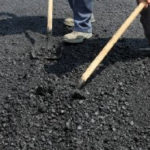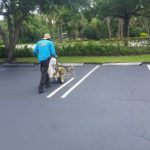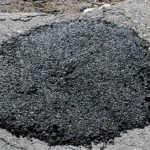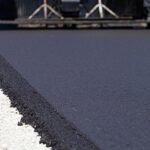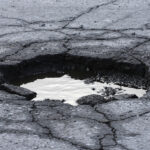Quiet Pavement Method
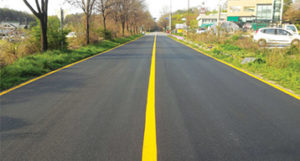 Traffic on the street and noises is a combination of all the sound generated by vehicles as they travel down the road. Traffic noise comes from the vehicle powertrain, namely engine, exhaust and other driveline parts-, as well as the sound from the air as it flows over, under an around the vehicles. It also contributed from the tires rolling on the pavement, and this is often called tire-pavement noise. Thus tire-pavement noise is the largest contributor to the total traffic noise at high speed speeds.
Traffic on the street and noises is a combination of all the sound generated by vehicles as they travel down the road. Traffic noise comes from the vehicle powertrain, namely engine, exhaust and other driveline parts-, as well as the sound from the air as it flows over, under an around the vehicles. It also contributed from the tires rolling on the pavement, and this is often called tire-pavement noise. Thus tire-pavement noise is the largest contributor to the total traffic noise at high speed speeds.
Due to this reason, quieter pavement invention is born. In general, the quieter pavement is a relative term for any pavement that produces less noise than another from the action of vehicle tires rolling over it. Many people have experienced living nearby or driving on pavements that are perceived to be loud or quiet. Quieter pavements are not limited to being asphalt or concrete, but rather incorporate known practices to make either quieter. Based on research in the United States and worldwide, it is possible to select, design, and build pavements that are quieter rather than noisier. The reductions achieved depend on how loud the noisier pavement is relative to the quieter one.
Traditionally, the pavements have been designed and built to balance three factors namely safety, durability and cost. In the past very little knowledge on how to balance three qualities along with the purpose of make the pavement quieter. As the technology advance, imported practices are known to design and construct quitter pavements.
There is an aspect of the quieter pavement that makes it quiet compares with a normal pavement.
Texture and porosity are the two primary pavement factors affecting tire-pavement noise, with the texture being the most significant. The texture is characterized by wavelength, which can be visualized as the distance between alternating peaks and valleys. Generally, texture with wavelength from one-half to two inches produces the highest noise levels. So, when a pavement has a lot of texture of this size, it can be loud. To reduce the noise, this texture should be ‘flattened’ or negative with respect to the roadway surface.
A perfectly smooth pavement will not work though, as a quieter pavement must have some fine (closely spaced) texture. As a rule, any texture that is present on a quieter pavement will be negatively oriented, meaning it points ‘down’ away from the tire. Porosity in the surface course of the pavement can also reduce tire-pavement noise. With the texture and all else being equal, a high porosity pavement is likely to be quieter.
Quiet Pavement
Quieter pavements are most effective at highway speeds with free-flowing traffic when tire-pavement noise is the primary contributor to the total traffic noise
Local experience has shown that not all quieter pavement strategies can be used in all locations. There is no “one-size-fits-all” solution for use of quieter pavements and differences in weather, traffic, cost, and even local expertise can make what seems like a good idea, less than ideal. For example, the aggressive action of snow chains or tire studs can deteriorate some pavement surfaces that would otherwise perform well in warmer climates. Fortunately, there are quieter pavement alternatives that have been used successfully in many different traffic and weather conditions.
Candidate pavements should be identified based on existing knowledge of how various materials have performed in the particular region. If in doubt about the effectiveness of a quieter pavement for a given area, it is recommended that trials be conducted before widespread implementation.
Contact us
 Phone Call |
 Text Message |
 |



